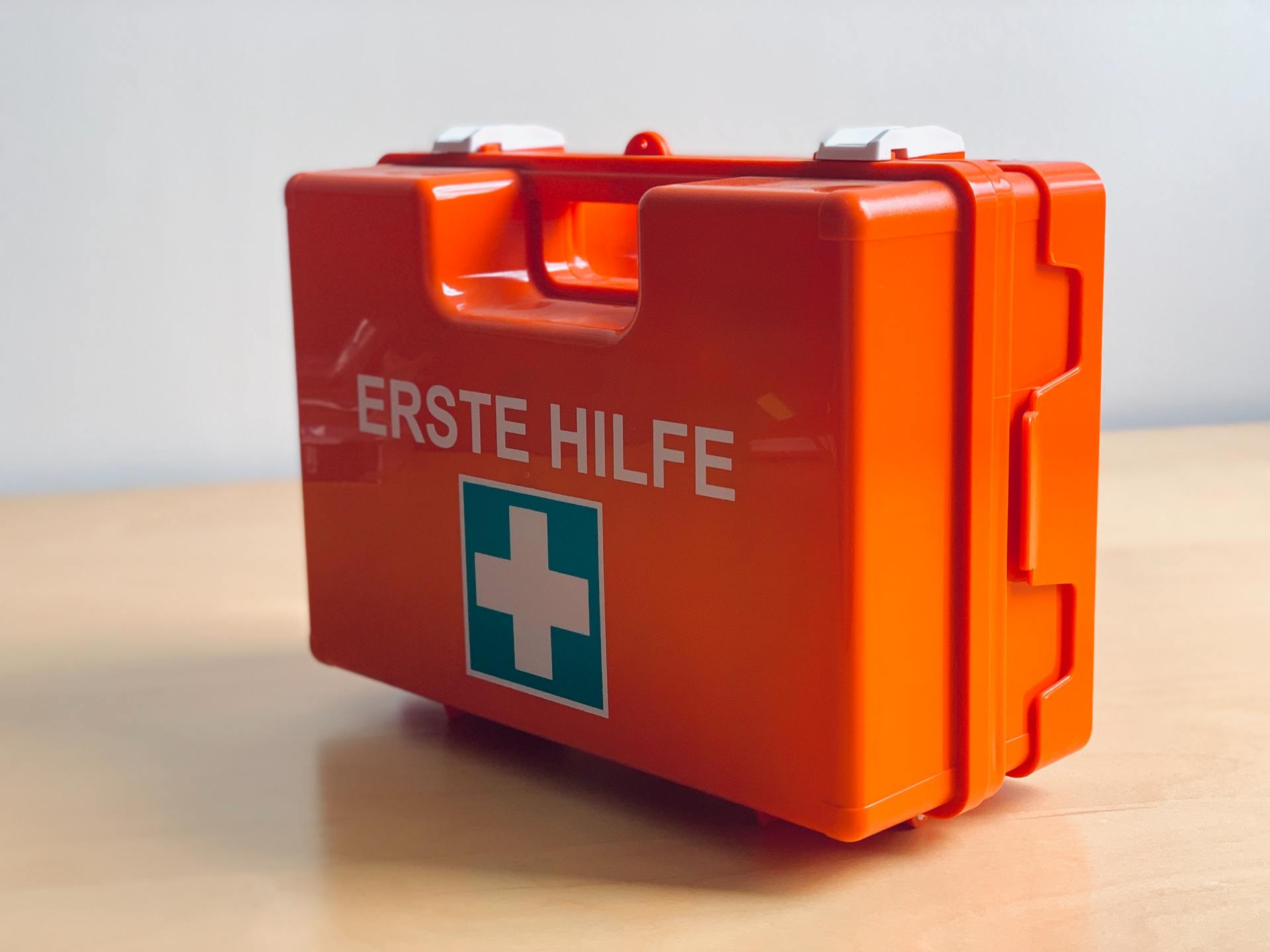Growing and Injuries
This period of time can prove to be some of the most difficult for children in academies.
Injuries are part and parcel of football. Some are minor and some are serious. Some are annoying and reoccurring and there are others that may threaten your child's future involvement in football.
How to Avoid Injury
- A good diet, rest, sleep and hydration are the basics requirements
- Fully embrace the warm ups and stretching before and after training and matches
- Limit sporting activity outside of academy football, especially optional school football and rugby matches
- At some point, the player needs to decide to focus on their chosen sport if they are playing at high levels for two or three sports
- Avoid high risk sports such as trampolining and skiing
- Evaluate the protection football boots offer your child along with shin pads and ankle protectors
As your child gets older they will try other sports and activities that may pose a threat to their footballing endeavours. Trampolining became very popular amongst our son's peers at school and by trampolining, I mean the extreme end of the spectrum.
Trampolining presents a serious risk to your child. No sporty child is going to be content with just gently bouncing up and down. Sooner or later your child will stumble upon the online world of trampolining where everyone is out to impress on and offline friends involving acrobatic movements that can be career and life threatening. No matter what the big labels say on the trampoline about somersaults, it's going to happen. We scrapped ours after the first near miss.
- Between seasons let your child take a break from football. Let their body recover and enjoy alternative low impact sports
- Limit involvement in summer football tournaments.
Managing Your Clubs Expectations
- If your child picks up an injury, don't try to hide it
- Don't allow your child to play if your child is injured
- Inform the coach and medical staff and follow their guidance
- Share NHS and Private Medical Reports with the club as it will ensure the right rehabilitation is applied
- Fully embrace and follow the prescribed rehabilitation programmes
- Don't return back to school sports ahead of returning back to training with the academy - manage their expectations and be guided by the club,
Growth
We had no idea growth could be so disruptive to footballers in their teenage years. I first became aware of it when my son was in the U12s and the U12 team players were regularly being asked to play up for the U13s who were depleted due to injuries.
Soon after that our own team started to pickup ankle, groin, hamstring and stress fracture injuries whilst the taller boys wrestled with coordinating movement with much longer limbs. You will notice that children develop at different times. It's a question of when they are affected, not if they are affected by growth.
Gowth injuries were some of the most bizarre injuries because they didn't always manifest themselves on the pitch. More often than not, they occurred doing something inoccous such as getting out of car or getting into a bath.
You should find your club to be very supportive during this phase. Most players will experience some level of disruption whilst they progress through this difficult age, so don't feel your child is the only one struggling with growing pains.


